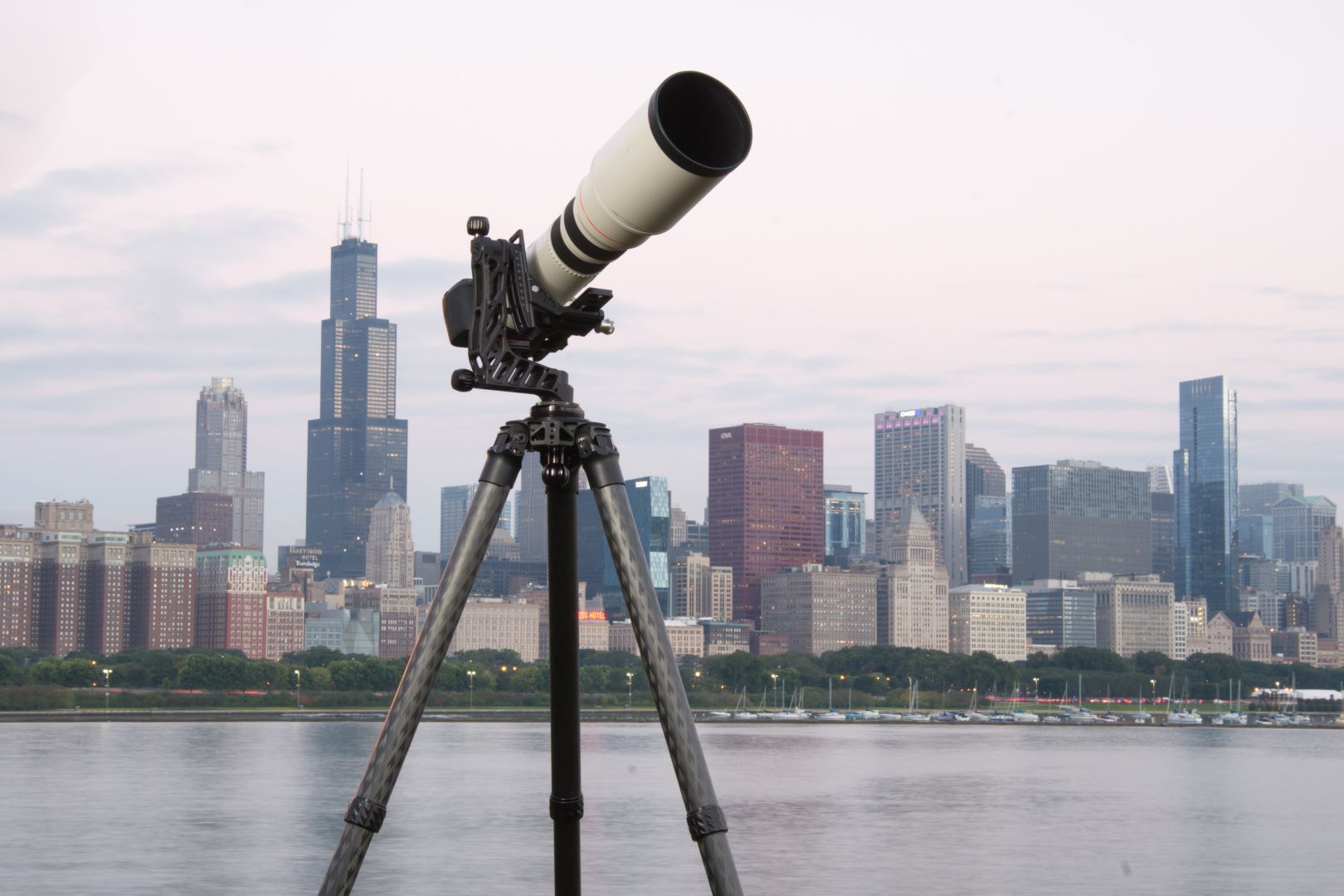In the pursuit of capturing the perfect shot, a sturdy tripod is an indispensable tool, especially when dealing with heavy equipment such as high-end cameras and long lenses.
However, understanding what contributes to a tripod's stability can sometimes be as complex as mastering the art of photography itself.
Now, we delve into the key factors that determine the sturdiness of a tripod. What are the things you should consider before buying?
Let's find out.
Max Load Capacity: The Gold Standard
One of the primary factors influencing a tripod's stability is its max load capacity.
As you might have heard before, aiming for a tripod with a load capacity approximately three times the weight of your equipment is a prudent approach.
This ensures that the tripod can comfortably support your gear without compromising stability or risking damage to your equipment.
It also allows you tons of extra allowance when attaching other accessories like lights and microphones. If your tripod has a hook, it also lets you hang a heavy bag securely for extra stability.

Material Matters: Carbon Fiber vs. Aluminum
The material composition of a tripod plays a significant role in its stability and vibration dampening capabilities.
Carbon fiber tripods, renowned for their lightweight yet robust construction, often outperform their aluminum counterparts in terms of minimizing vibrations.
This is particularly crucial when working with telephoto lenses or in windy conditions, where even the slightest movement can impact image sharpness.
Weight vs. Load: Striking the Right Balance
While a heavier tripod may intuitively seem more stable, it's essential to strike a balance between weight and load capacity, especially if you prioritize portability.
A lightweight tripod with a high load capacity can offer the best of both worlds, providing stability without the burden of excess weight during extended shoots or travel assignments.
For instance, the ProMediaGear TR344L carbon fiber tripod has a max load capacity of 60lbs while weighing only 4.3lbs. It's easy to carry without sacrificing durability.
Leg Design: Thickness and Sections
The design of a tripod's legs also influences its stability.
Thicker legs and fewer leg sections generally contribute to increased rigidity, minimizing flex and enhancing overall stability.
However, this often comes at the cost of portability. Strike a balance between leg thickness and the number of sections based on your specific requirements and shooting preferences.
Overloading: Risks and Mitigation
Attempting to exceed a tripod's recommended load capacity poses significant risks, including instability, structural damage, and potential equipment failure.
While adding weights to stabilize a tripod may offer temporary relief, it's not a recommended practice as it can compromise the tripod's structural integrity and lead to unpredictable outcomes.
It's always best to invest in a tripod that aligns with your equipment's weight and shooting needs to ensure optimal performance and longevity.
What makes a tripod sturdy?
In the end, a sturdy tripod is the cornerstone of stable photography, providing the foundation for capturing sharp, high-quality images.
By considering factors such as max load capacity, material composition, leg design, and the delicate balance between weight and stability, you can select a tripod that meets your specific requirements without breaking the bank. Whether you're a seasoned professional or an aspiring enthusiast, investing in a reliable tripod is an investment in the pursuit of photographic excellence.

